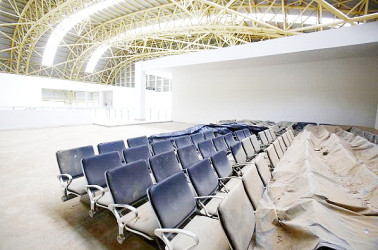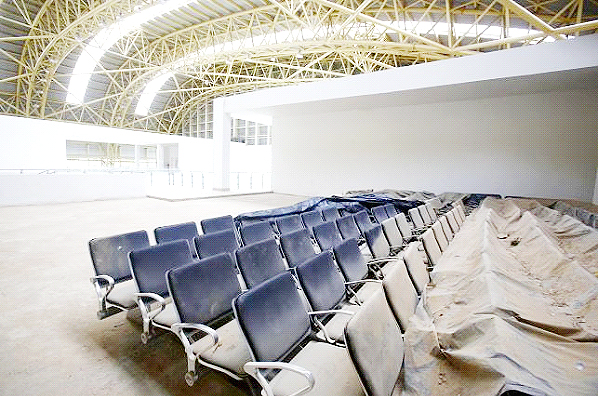JAISALMER, India, (Reuters) – Two-and-a-half years after the completion of a new $17 million terminal building, the airport in Jaisalmer, a small and remote desert city in India’s western Rajasthan state, stands empty.

Not a single passenger has passed through the gates of an airport big enough to handle more than 300,000 travellers a year, with parking bays for three 180-seater narrow-body jets.
India has spent more than $50 million since 2009 on eight airports that do not receive scheduled flights – white elephants that are a reminder of the pitfalls for Prime Minister Narendra Modi as he bets on an infrastructure drive to fuel growth.
India’s main hubs, meanwhile, are bursting at the seams, slowing airlines’ ability to expand in a vast country where they should be supporting economic growth.
“They (the government) need to realise it’s not a case of ‘build the airport and we will come’,” said Sanjiv Kapoor, chief operating officer at SpiceJet Ltd. The private sector airline last year ceased flying to a new airport in the southern Indian city of Mysore because of insufficient demand.
India’s ghost terminals were built largely by the previous government, which planned 200 ‘no frills’ airports, encouraged by rising air travel and the need to connect far-flung regions.
But the empty check-in desks and cavernous baggage halls highlight the risks for Modi, too, of catering to


